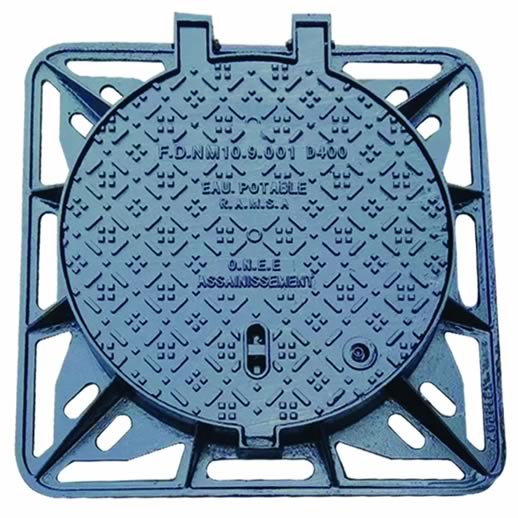Hydraulic Butterfly Valve Applications and Benefits in Fluid Control Systems
Understanding Hydraulic Butterfly Valves Function, Advantages, and Applications
Hydraulic butterfly valves are crucial components in fluid control systems, offering a reliable solution for regulating flow in various industrial applications. These valves operate on a simple yet effective mechanism, providing significant control over the flow of liquids and gases.
What is a Hydraulic Butterfly Valve?
A hydraulic butterfly valve consists of a circular disc or plate that is mounted on a rotating shaft. As the shaft rotates, the disc either opens or closes the flow passage. When the valve is in the open position, the disc is parallel to the flow, allowing fluids to flow through with minimal resistance. Conversely, when the valve is closed, the disc is turned perpendicular to the flow, effectively sealing the passage and stopping the flow.
One of the defining features of hydraulic butterfly valves is the way they are actuated. Typically, these valves are operated through hydraulic systems, where fluid pressure controls the opening and closing of the valve. This makes them suitable for environments that require high reliability and precision control.
Advantages of Hydraulic Butterfly Valves
1. Compact Design Hydraulic butterfly valves have a compact and lightweight design compared to traditional gate or globe valves. This makes them more suitable for installations where saving space is essential.
2. Quick Operation The ability to open or close the valve with just a quarter turn (90 degrees) makes hydraulic butterfly valves extremely efficient for rapid flow control. This quick operation is crucial in systems that require immediate adjustments.
3. Low Pressure Drop When fully open, butterfly valves provide a smooth path for fluid to flow, resulting in a low pressure drop across the valve. This characteristic makes them ideal for applications where maintaining pressure is important.
4. Versatility These valves can handle a variety of fluids, including water, air, and other chemicals. Their materials can be adapted to resist corrosion and wear, allowing them to function effectively in many environments.
hydraulic butterfly valve

5. Cost-Effective Compared to other valve types, hydraulic butterfly valves tend to be more economical due to their straightforward design and ease of maintenance.
Applications of Hydraulic Butterfly Valves
Hydraulic butterfly valves are found in numerous industries, playing vital roles in various applications
- Water Treatment In municipal water treatment plants, these valves regulate the flow of water through different treatment stages, ensuring efficient processing and distribution.
- Oil and Gas The oil and gas industry utilizes butterfly valves for flow control in pipelines and offshore platforms. Their durability allows them to withstand the challenging conditions often found in these environments.
- Chemical Processing In chemical manufacturing, precise flow regulation is critical. Hydraulic butterfly valves are often used to control the flow of reactants, reducing the risk of spills or over-pressurization.
- HVAC Systems In heating, ventilation, and air conditioning systems, butterfly valves help maintain desired airflows, improving energy efficiency and comfort.
- Power Generation Power plants utilize these valves to manage steam and water flows, optimizing the energy production process.
Conclusion
In conclusion, hydraulic butterfly valves are an integral part of many fluid control systems across various industries. Their unique design and operation provide a range of benefits, including ease of use, low pressure drop, and adaptability to different fluids. As industries continue to advance, the role of hydraulic butterfly valves will undoubtedly remain vital in ensuring efficient and effective flow control. By understanding their functions and applications, engineers and operators can better implement these valves in their systems, enhancing performance and reliability in fluid management.
-
The Smarter Choice for Pedestrian AreasNewsJun.30,2025
-
The Gold Standard in Round Drain CoversNewsJun.30,2025
-
The Gold Standard in Manhole Cover SystemsNewsJun.30,2025
-
Superior Drainage Solutions with Premium Gully GratesNewsJun.30,2025
-
Superior Drainage Solutions for Global InfrastructureNewsJun.30,2025
-
Square Manhole Solutions for Modern InfrastructureNewsJun.30,2025
-
Premium Manhole Covers for Modern InfrastructureNewsJun.30,2025
